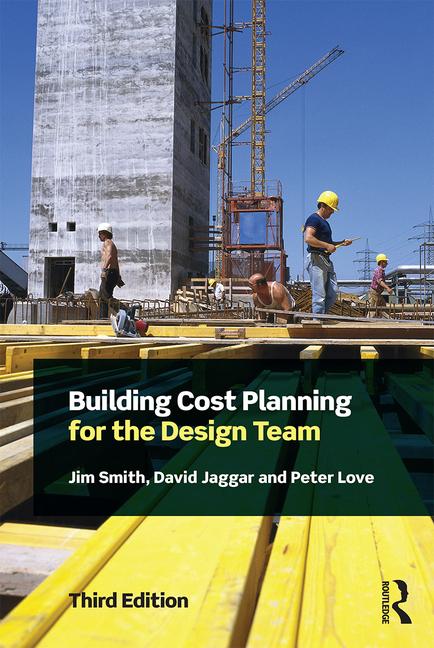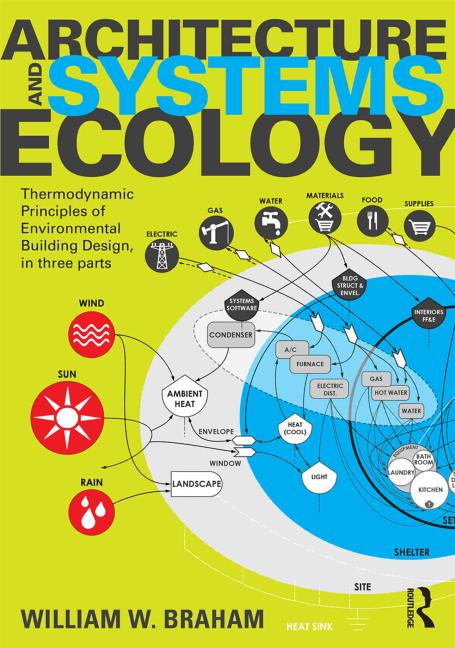The Value of Building Data
Implementing a measurement and verification plan is an essential component to meet facility sustainability goals.


The effects of big data and its influence on organizational decision making can be seen in almost every aspect of business, from information technology to marketing and human resources. Building and facilities management is no exception. Technological advances in monitoring tools and software allow facility managers access to vast amounts of data about a building’s energy use. But how can managers use this data to operate a facility at peak efficiency?
Enter the measurement and verification (M&V) plan. M&V is the process by which facility stakeholders track the performance of a piece of equipment, a system or an entire facility. Performance is measured against past or estimated performance of another piece of equipment, system or facility. This approach gives higher visibility into detailed energy usage data, which can then be used to identify opportunities for increased efficiency, enable better decision making and increase ROI on existing and new equipment installations.
While the energy landscape continues to evolve, facilities managers are faced with a different and evolving set of energy-management challenges today. As a result, M&V is essential for increasing energy efficiency and reducing environmental impact in an ever-changing energy marketplace.
Why Implement M&V Plans?
As the focus on driving more efficient operations and facilities continues, stakeholders are actively collecting energy-usage data. While this is a great first step, the key is turning it into actionable intelligence. This is where M&V plans come in.
M&V allows for a more holistic approach at building efficiency. For example, inefficient lighting can have a drastic effect on overall building energy use. According to the U.S. Environmental Protection Agency (EPA), lighting takes a larger share of a typical commercial building’s electricity use than any other single end use—more than 35 percent. However, lighting energy use can often be cut in at least half by utilizing a combination of more efficient lighting sources and controls. The result is dramatic decreases in energy use and associated cost, maintained or even improved lighting quality, and more productive occupants.
M&V plans also allow managers to determine the effectiveness of energy conservation measures (ECMs) by measuring energy usage and making comparisons to set expectations against other buildingg areas, other buildings or other systems performing the same function.
The key to an effective M&V plan is to account for existing and future changes. Rarely does a building perform in a continuous state. For instance, a factory may adjust its production schedule based on seasonal demand. Such demands may result in extended shifts or shut-downs. M&V plans that depend on one-time audits may completely miss these dynamitic variations and over- or under-report actual performance over an extended period of time. Fortunately, software and metering solutions exist today that measure and record real-time energy usage and provide a host of analytical tools to display performance over wide ranges of time.
Implementing an M&V Plan
Simply stated, the purpose of an M&V plan is to provide proof as to the effectiveness of an energy-management improvement project. An M&V plan determines savings based on a before-and-after case.
The methodology used to perform an M&V study varies, as it depends on both the type of ECM being implemented and the overall purpose of the M&V plan. Generally, developing an M&V plan begins with defining several factors, including a baseline against which energy usage will be measured, the ECMs being commissioned and the estimated initial savings. Building managers should keep in mind that there are several different approaches for M&V plans, often dependent on existing metering and measuring capabilities. Once this plan is in place and ECMs are properly installed, actual savings can be determined. Additional information on developing an M&V plan is available in the International Performance Measurement and Verification Protocol, created by the Efficiency Valuation Organization.
M&V and Sustainability Goals
Technological advancements in energy-management software have made it easier to accurately meter, monitor and measure energy usage in order to meet sustainability goals. For example, outside factors that can affect lighting energy usage—such as sunlight or clouds, changing hours of operation, or a repurposing of a space—are automatically accounted for. By removing the guesswork, data can be used to continue or increase savings and provide a case for future sustainability initiatives.
When combined with ECMs, energy-management software not only provides vast amounts of data allowing managers to verify the performance of their ECMs, but also shows the interrelated impacts of various ECMs. A good M&V software tool can both isolate individual ECM variables and assimilate multiple ECMs into a holistic view. For example, a lighting upgrade is performed in retail space that incorporates a combination of LEDs for accent, and spot and fluorescent lighting for task lighting. Each of these light sources can be individually monitored and verified for expected savings. The software can also aggregate both ECMs to reflect the total savings.
M&V planning also allows for the long-term planning of a building or facility. For example, a building owner can determine how to optimally run lighting to meet the needs of a current tenant and easily make adjustments for a new tenant without sacrificing efficiency or the meeting of sustainability goals. This is particularly helpful when the type of venue transitions between tenants; for example, from a grocery store to a music venue.
For those aiming for LEED certification, the U.S. Green Building Council (USGBC) recognizes the importance of M&V. The LEED 2009 New Construction and Major Renovations Standard, EA Credit 5, gives three additional credit points for having, developing and implementing an M&V plan.
Adapting the use of big data into facilities management does not have to be an arduous undertaking. By implementing a proper M&V plan, energy usage data is easily turned into actionable intelligence, providing an accurate definition of costs savings and reduced environmental impact.
Looking for a reprint of this article?
From high-res PDFs to custom plaques, order your copy today!





.jpg?height=200&t=1689862206&width=200)




